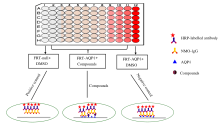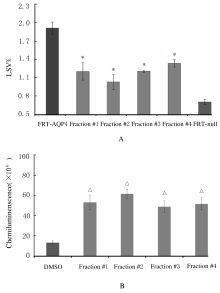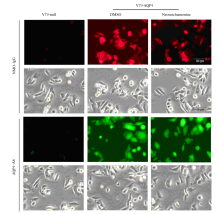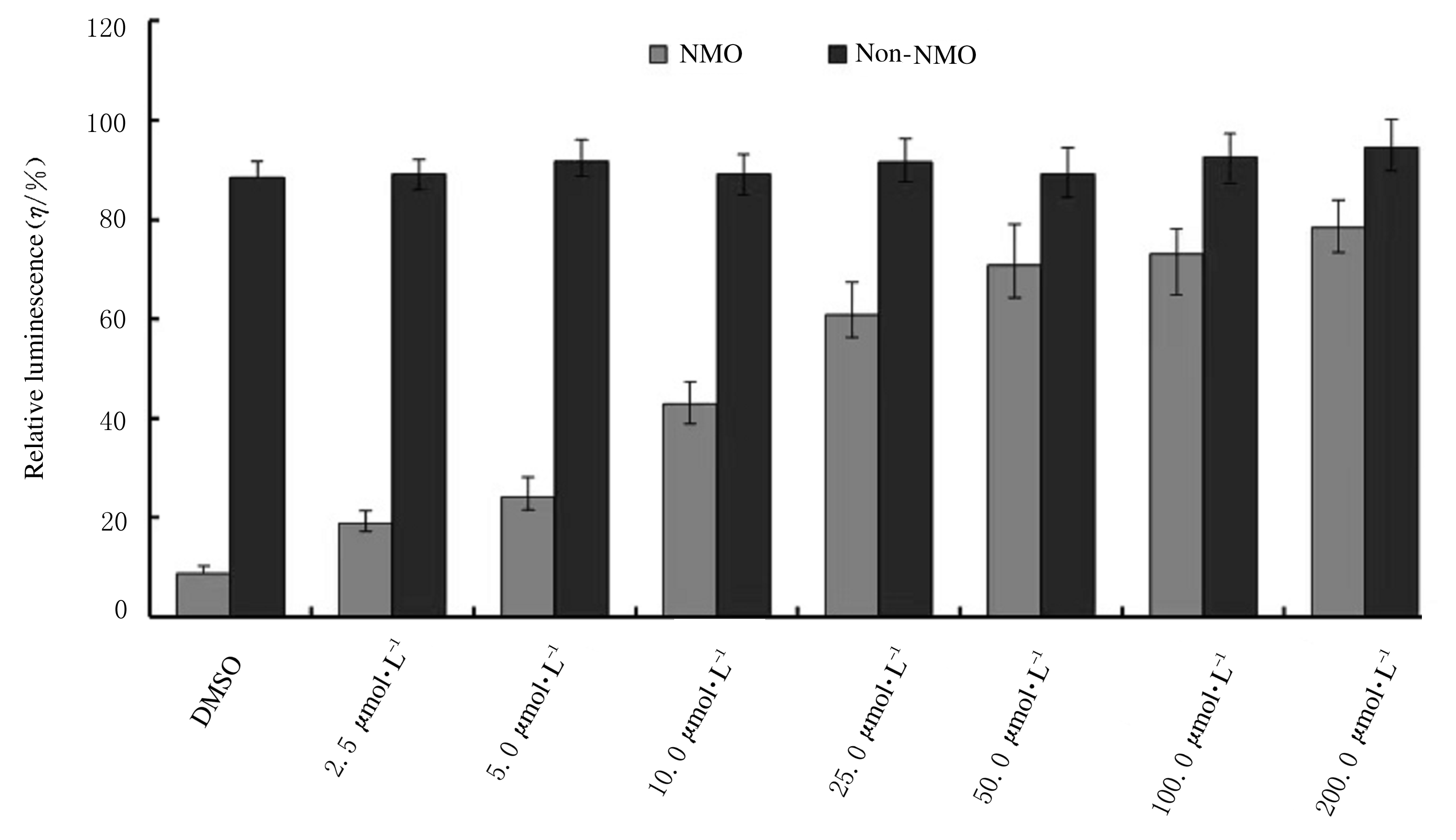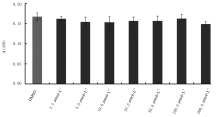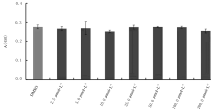| 1 |
ASGARI N, OWENS T, FRKIAER J, et al. Neuromyelitis optica (NMO) – an autoimmune disease of the central nervous system (CNS)[J]. Acta Neurol Scand, 2011, 123(6):369-384.
|
| 2 |
PALACE J, LEITE M I, NAIRNE A, et al. Interferon beta treatment in neuromyelitis optica: increase in relapses and aquaporin 4 antibody titers[J]. Arch Neurol, 2010, 67(8):1016-1017.
|
| 3 |
LENNON V A,WINGECRHUK D M,KRYZER T J, et al. A serum autoantibody marker of neuromyelitis optica: distinction from multiple sclerosis[J]. Lancet,2004,364(9451):2106-2112.
|
| 4 |
LENNON V A,KRYZER T J,PITTOCK S J. IgG marker of optic-spinal multiple sclerosis binds to the aquaporin-4 water channel[J]. Exp Med, 2005: 473-477.
|
| 5 |
RATELADE J, VERKMAN A S. Neuromyelitis optica: Aquaporin-4 based pathogenesis mechanisms and new therapies[J].Int J Biochem Cell Biol,2012,44(9):1519-1530.
|
| 6 |
SELLNER J, BOGGILD M, CLANET M, et al. EFNS guidelines on diagnosis and management of neuromyelitis optica [J]. Eur J Neurol,2010,17(8):1019-1032.
|
| 7 |
SIMANIV T O, VASILIEV A V, ASKAROVA L S, et al. Neuromyelitis optica and neuromyelitis optica spectrum disorders[J]. Zh Nevrol Psikhiatr Im S S Korsakova, 2019, 119(10):35-48.
|
| 8 |
SOLENOV E, WATANABE H, MANLEY G T, et al. Sevenfold-reduced osmotic water permeability in primary astrocyte cultures from AQP-4-deficient mice, measured by a fluorescence quenching method[J]. Am J Physiol Cell Physiol, 2004, 286(2):C426-C432.
|
| 9 |
NIELSEN S, NAGELHUS E A, AMIRY-MOGHADDAM M, et al. Specialized membrane domains for water transport in glial cells: high-resolution immunogold cytochemistry of aquaporin-4 in rat brain[J]. Neurosci, 1997, 17(1):171-180.
|
| 10 |
BORGNIA M, NIELSEN S, ENGEL A, et al. Cellular and molecular biology of the aquaporin water channels[J]. Annu Rev Biochem, 1999, 68(1):425-458.
|
| 11 |
SUI H X, HAN B G, LEE J K, et al. Structural basis of water-specific transport through the AQP1 water channel[J]. Nature, 2001, 414(6866):872-878.
|
| 12 |
SACHDEVA R, SINGH B. Insights into structural mechanisms of gating induced regulation of aquaporins[J]. Prog Biophys Mol Biol, 2014, 114(2):69-79.
|
| 13 |
ILAN B, TAJKHORSHID E, SCHULTEN K, et al. The mechanism of proton exclusion in aquaporin channels[J]. Proteins, 2004, 55(2):223-228.
|
| 14 |
LI H, CHEN H N, STEINBRONN C, et al. Enhancement of proton conductance by mutations of the selectivity filter of aquaporin-1[J]. Mol Biol, 2011, 407(4):607-620.
|
| 15 |
NICCHIA G P, FICARELLA R, ROSSI A, et al. D184E mutation in aquaporin-4 gene impairs water permeability and links to deafness[J]. Neuroscience, 2011, 197(12):80-88.
|
| 16 |
LI J,VERKMAN A S. Impaired hearing in mice lacking Aquaporin-4 Water Channels[J]. J Biol Chem, 2001, 276(33):31233-31237.
|
| 17 |
ZADOR Z,STIVER S,WANG V, et al.Role of aquaporin-4 in cerebral edema and stroke[J]. Handb Exp Pharmacol,2009, 190 (7):159-170.
|
| 18 |
PAPADOPOULOS M C, VERKMAN A S. Aquaporin-4 and brain edema[J]. Pediatr Nephrol, 2007, 22(6):778-784.
|
| 19 |
VERKMAN A S. Aquaporins in clinical medicine[J]. Annu Rev Med, 2012, 63(1):303-316.
|
| 20 |
PAPADOPOULOS M C, BENNETT J L, VERKMAN A S. Treatment of neuromyelitis optica: state-of-the-art and emerging therapies[J]. Nat Rev Neurol, 2014, 10(9):493-506.
|
| 21 |
LENNON V A,KRYZER T J,PITTOCK S J, et al. IgG marker of optic-spinal multiple sclerosis binds to the aquaporin-4 water channel[J].J Exp Med,2005,202(4):473-477.
|
| 22 |
王星淳. 视神经脊髓炎中水通道蛋白-4抗体的诊断价值分析[J]. 中国疗养医学, 2019, 28(2):166-168.
|
| 23 |
PACHE F, WILDEMANN B, PAUL F, et al. Neuromyelitis optica[J]. Fortschr Neurol Psychiatr,2017,85(2): 100-114.
|
| 24 |
KIMBROUGH D J, FUJIHARA K, JACOB A, et al. Treatment of neuromyelitis optica: Review and recommendations [J].Mult Scler Relat Disord,2012,1(4):180-187.
|
| 25 |
SUN M Y, WANG J, ZHOU Y, et al. Isotetrandrine reduces astrocyte cytotoxicity in neuromyelitis optica by blocking the binding of NMO-IgG to aquaporin 4[J]. Neuroimmunomodulation, 2016, 23(2):98-108.
|
| 26 |
姜峰玉,孙 抒.蝙蝠葛化学成分和药理作用的研究进展[J].辽宁中医杂志,2013,40(12):2612-2614.
|
| 27 |
李延忠,孙晓波,张殿文,等. 北豆根化学成分及其药理作用研究进展[J]. 特产研究, 1999, 19(3):61-62.
|
| 28 |
刘建军,刘 东,王希龙,等.北豆根对溃疡性结肠炎模型大鼠的治疗作用[J].中医学报,2018,33(8):1476-1479.
|
| 29 |
喻瑛瑛,邵 佳,魏金霞,等.北豆根中生物碱类成分及其药理作用研究进展[J].中药材,2019,42(10):2453-2461.
|
| 30 |
苏 丹,王兆昆,孙婷婷,等.HPLC法同时测定北豆根胶囊中蝙蝠葛新苛林碱等5种生物碱的含量[J].沈阳药科大学学报,2016,33(1):46-50.
|
| 31 |
张 艳,彭玉勃,陈效忠,等.北豆根根茎中双苄基异喹啉类生物碱成分研究[J].中国现代中药,2016,18(8):951-955.
|
 )
)
 )
)
